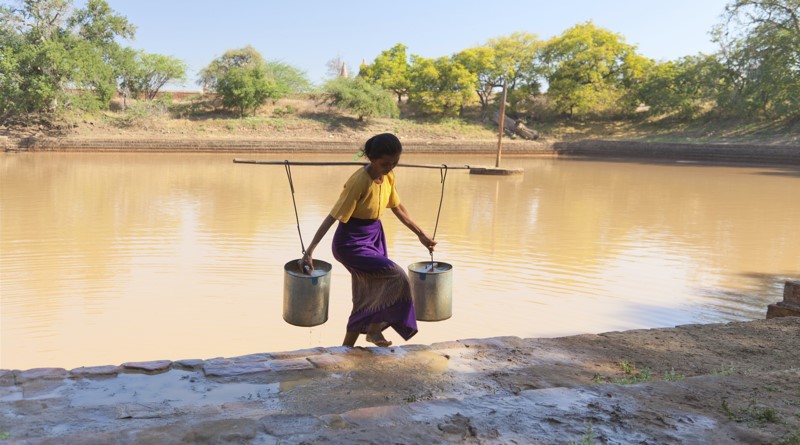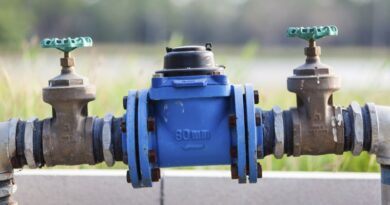Investment flow in global water sector much less than needed: WB study

There remains a significant gap between spending needs and actual spending in the water sector globally even after nine years into the implementation of the Sustainable Development Goals (SDGs), a new World Bank report has said, warning that many countries will not be able to achieve the 2030 goals with the current investment in the sector.
Released recently, the World Bank report is based on the first-ever attempt to gain a 360° panoramic view of spending in the entire global water sector to better understand the financing and funding gaps in relation to sector goals, and consequently guide thinking on alternative ways to close them.
The study presents an integrated assessment of global and regional public spending in the water sector and its main subsectors.
The study estimates total water expenditure at various levels of disaggregation, and at the global and regional scales, using several data sources, including budget data and national accounts data, and the updated versions of all available databases on infrastructure spending from various sources, including private and foreign funding.
The World Bank study provides a clear global overview of existing investments as compared to the actual needs.
Across the board, annual spending on water is $164.6 billion, of which 85.5 per cent is public spending, 6.9 per cent is Official Development Assistance (ODA), 5.9 per cent is through state-owned enterprises and the remaining 1.7 per cent is private investment.
ODA is a significant contributor in the water sector. This is an average statistic and the picture differs from region to region, as for instance, for Sub-Saharan Africa, ODA represents 25 per cent of spending. However, within ODA itself, the picture is entirely different, as water only represents 5 per cent of all official development assistance: ODA expenditure on water is $12.6 billion within a total average ODA expenditure of $234 billion.
Public spending on water amounts to some $140.7 billion globally, amounting to 0.5 per centof Gross Domestic Product on average but varying significantly between regions.
According to the study, low investments in the sector do not appear to be for lack of public funds: in fact, public spending in water is dwarfed by spending in other sectors: spending on transport and energy for instance is four to five times greater, and overall, only 1.2 per cent of public spending is devoted to the water sector. Spending on human development sectors such as education and health care is a full fifty times higher than spending in the water sector.
The study is intended as a guide that governments and a range of other stakeholders can use to improve decision-making and thereby facilitate reforms to increase financing and funding in the water sector, enhance the utilization of already allocated funds, and raise the efficiency with which existing resources are employed to maximize development impact.
The study notes that globally, 76 per cent of public spending is allocated to water supply and sanitation services. Water transport accounts for a further 16 per cent of spending while irrigation comes in next at only 8 per cent and hydropower accounts for only 2 per cent of global public spending.
To improve water sector spending, the study recommends that there should be an improvement in Public Investment Management (PIM) to enable smoother and faster project implementation and to enhance absorptive capacity of the sector while Public Financial Management (PFM) should be reformed to enable predictable, timely and transparent flow of funds.
Reforms should include cost recovery and demand management, through a combination of pricing and behavior change initiatives. There is also a need to improve state capacity and the capacity of human resources to enhance absorptive capacity of the water sector as well as improvement is needed in data access, transparency, and communication to improve accountability in service delivery in the water sector.



